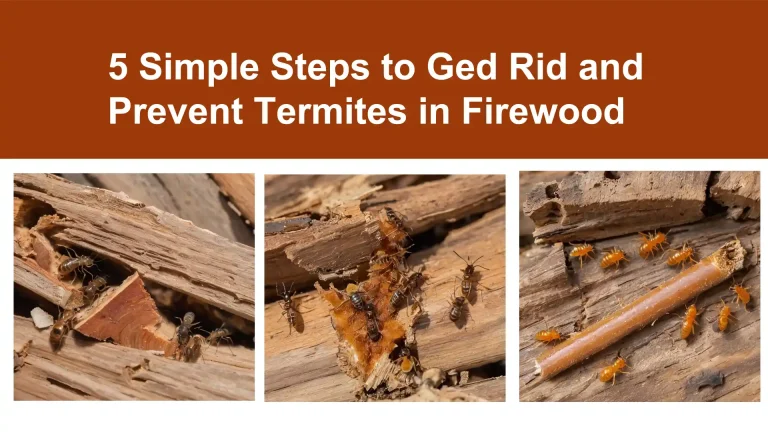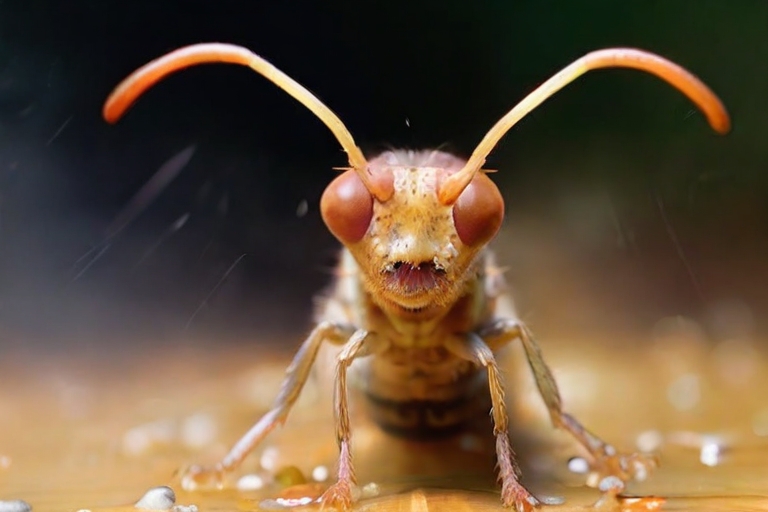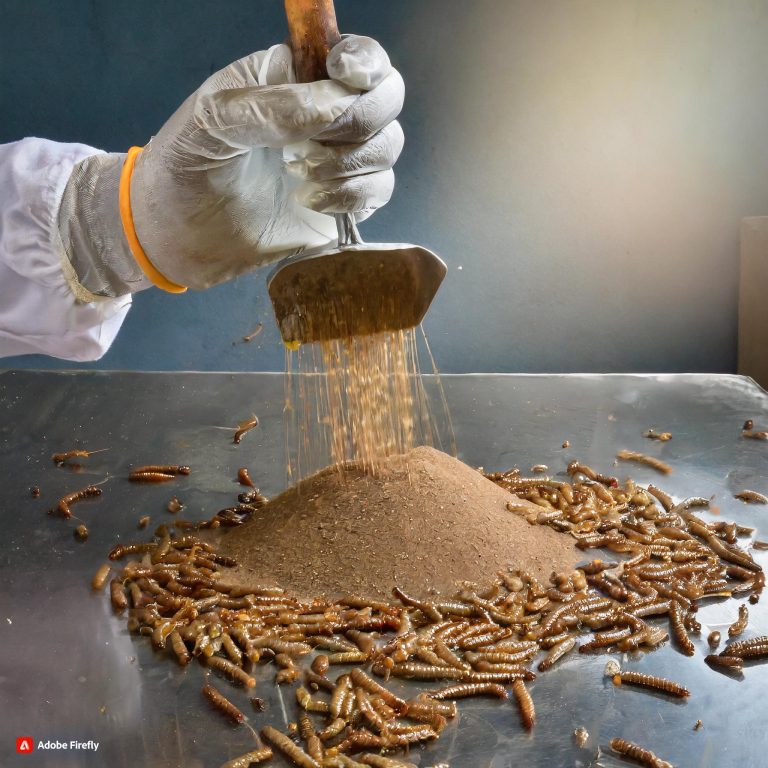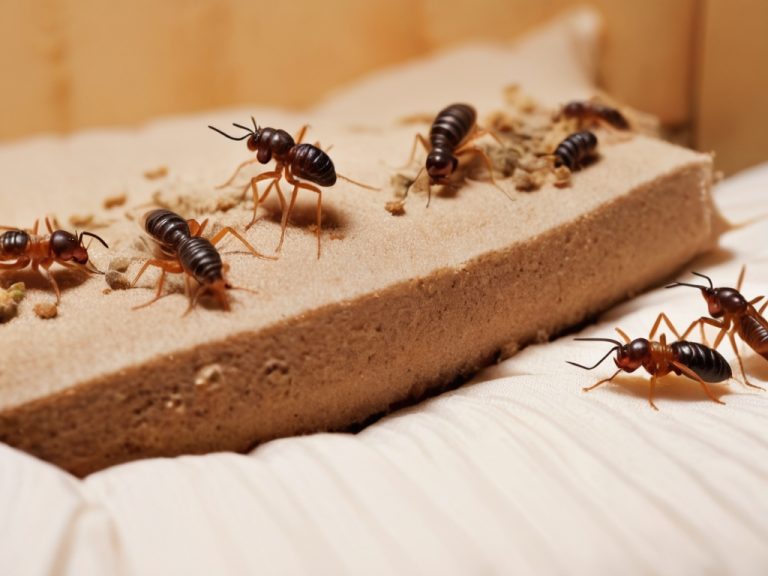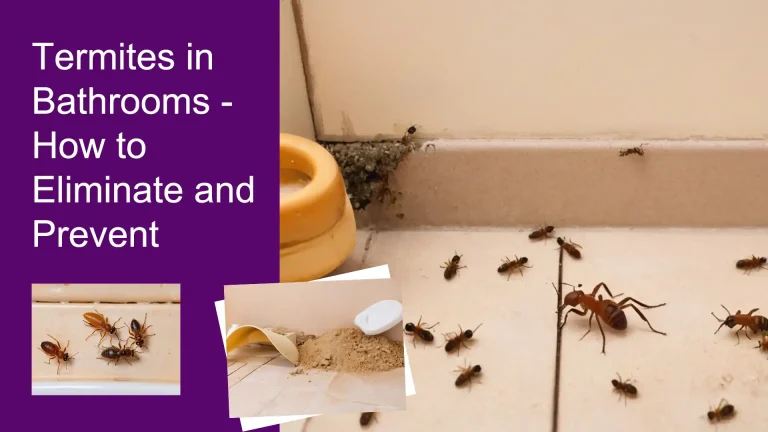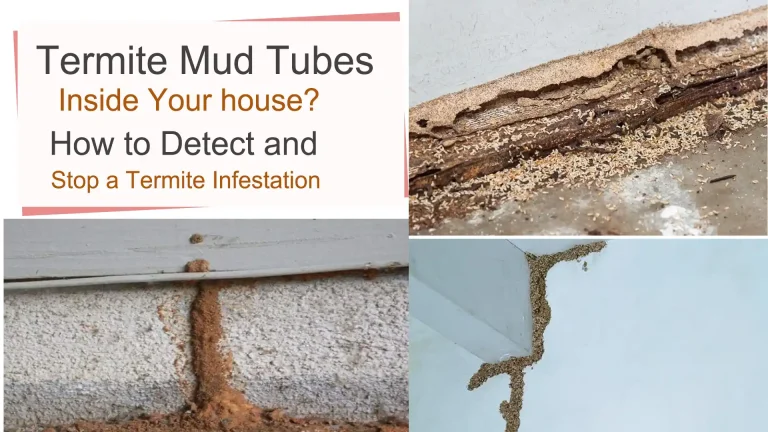Does Mulch Attract Termites and Cause Infestations?
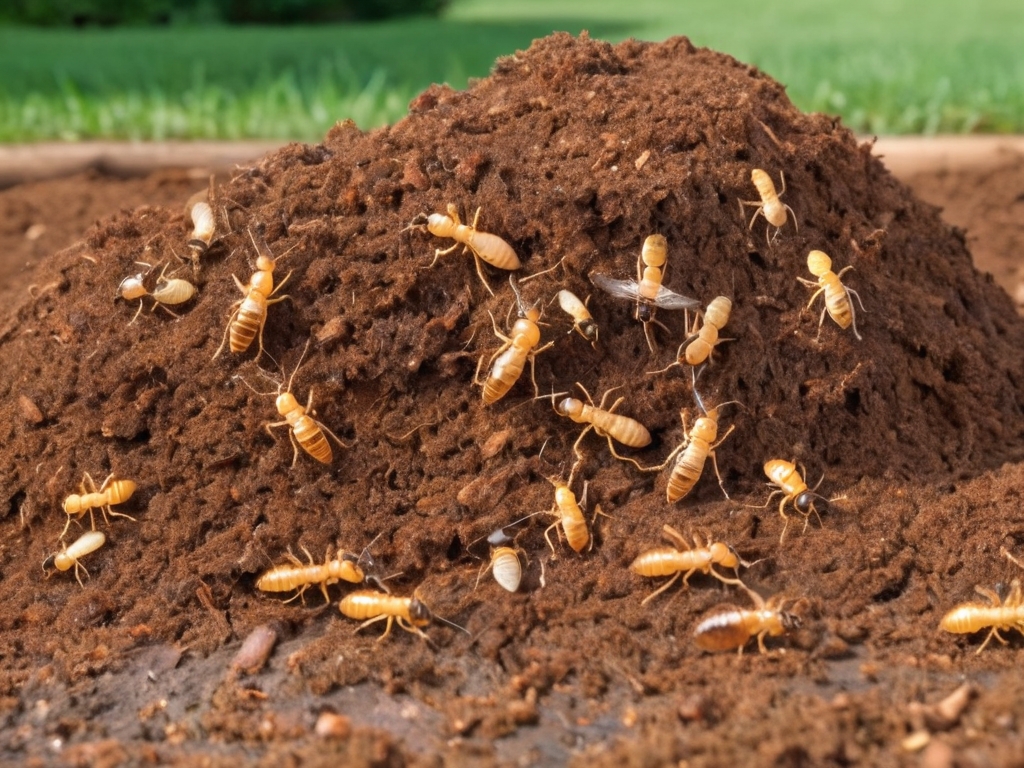
- The Facts on Termites in Mulch
- Types of Mulch Termites Like
- Which Mulch is Termite Resistant?
- How to Determine if Your Mulch Contains Termites
- Can Proper Mulching Help Avoid Termites?
- Best Mulch to Use to Avoid Attracting Termites
- What Do Termites Eat and How Can Mulch Attract Them?
- How to Use Mulch Without Attracting Termites
- Termite Treatment Options for Infested Mulch Beds
- Summary of Key Points
Mulch is a common landscaping material used to help retain moisture in soil, prevent weeds, and improve the appearance of gardens and yards. A frequent concern home owners have is whether using mulch can attract termites and lead to destructive termite infestations in homes. So does applying mulch around your property increase the chances of dealing with these wood-eating pests?
Termites may be drawn to sources of cellulose like wood–the primary component of many organic mulches. However, not all mulches present an equal risk, and proper usage can deter termites. Read on to learn the facts about termites in mulch beds, which varieties are most attractive, and how intelligent mulch application can actually help avoid termite issues.
The Facts on Termites in Mulch
There are a few ways that the presence of mulch may correlate with termite activity:
- Moist mulch provides a favorable habitat for the worker and soldier castes of subterranean termites that forage for cellulose food sources like wood. Decaying wood-based mulches themselves contain cellulose and can offer a food source to attract nearby termite colonies.
- While foraging through mulch, termites may locate ways to access a home’s wood structure if conducive conditions exist beneath improperly placed landscape mulch touching the foundation.
However, a well-maintained mulch bed is not necessarily prone to infestation. The key is using more resistant mulch varieties and properly managing moist environment and barriers around building foundations.
Types of Mulch Termites Like
Not all mulches carry an equal termite risk. Organic, wood-based options are more attractive as they contain actual wood fiber that termites consume. Examples include:
- Wood chip mulch
- Shredded hardwood mulch
- Pine bark mulch
- Pine straw
- Wood compost
These provide natural cellulose that aids termite nutrition. Worker groups exploring underground may locate decaying wood mulch and start hauling it back through tunnels to feed the colony. The soft nature of wood-based mulches also makes it easier for termites to excavate tunnels and tubes as they follow the smell and search for an unending food supply.
Meanwhile, inorganic mulches like gravel, pebbles, rubber, and landscape fabric contain no nutritive wood content and generally do not attract nearby termite mounds. Still, termites may potentially use gaps in materials like gravel as sheltered tunnels to move towards nearby wood structural elements, making a completely impenetrable barrier difficult.
Which Mulch is Termite Resistant?
While no mulch fully guarantees termite resistance, several options naturally deter them or avoid nutrition sources in their composition:
- Rubber mulch – Contains no cellulose
- River rock – Inorganic landscape stones
- Cypress heartwood – High natural resistance
- Melaleuca mulch – Made from tea tree wood
- Cedar mulch – Strong scent repels insects
- Crushed shells – Lack nutrients for termites
Always check any bagged landscaping mulch for a clear statement that it has been treated to resist insects. Treated varieties may contain added chemical pesticides or less appetizing wood types for termites. Application around the home’s foundation should use only certified termite-resistant products.
How to Determine if Your Mulch Contains Termites
Regular inspection and monitoring provides the best techniques for determining if termites have infiltrated landscape mulch beds:
- Check mulch edges for signs of frayed or notched appearance signaling termites may be actively consuming the wood.
- Look for small holes in the soil beneath mulch piles, indicating possible tunnels.
- Disturb mulch in various areas seeking swarming winged reproductive termites which can emerge seasonally.
- Inspect the ground under mulch and foundation walls carefully for narrow mud shelter tubes which termites construct to move safely.
- Follow any tubes found to determine if they connect to wood elements of the home itself.
Catching an infestation early provides critical time to enact termite control measures before major structural damage can occur. Do not delay inspection and treatment if signs of activity arise.
Can Proper Mulching Help Avoid Termites?
Intelligent usage of mulch in your yard landscape design can actively help deter termites and lower the chances of future headaches with these destructive pests. Follow these tips when applying and maintaining mulch beds:
Using the Right Mulch to Prevent Termites
Choose your mulch wisely based on the discussion above regarding wood content. Any wood-based varieties present possible termite attraction through containing actual tree fiber. Inorganic materials like pebbles or rubber mulch avoid this issue.
Where you do elect to use shred wood or bark mulch for appearance, never apply these directly against your home’s foundation. Maintain a safety buffer zone of gravel or stones along the periphery of a building to avoid contact between wood mulch and structural walls where termites may penetrate.
It takes vigilance and discipline to monitor and refresh inorganic buffer zones annually since weeds, soil, and new leaf litter constantly try to accumulate and bridge this protective gap. But properly maintaining this barrier is critical to prevent termites from exploiting it.
Wood Chip Mulch and Other Mulches to Avoid
While inexpensive and popular, wood chip mulch should generally be avoided around any building you wish to safeguard against termites unless certified as insect resistant. The loose, uneven texture presents perfect tunnels for determined termite workers to reach walls. The actual wood content also offers an attractant food source if located adjacent to the home. Stick with inorganic mulches in areas bordering your structure.
Likewise, any uncertified or potentially termite-friendly mulch varieties should stay well away from contact with homes. Reserve these for open beds and pathways deeper into your landscape. Closer to the foundation, select materials certified as termite-resistant or containing no organic matter like shredded wood. Intelligent material selection during application can prevent termite issues down the road.
Best Mulch to Use to Avoid Attracting Termites
The ideal mulch immediately surrounding any building foundation includes materials that deter termite presence through absence of nutritional benefit. Great examples, along with key benefits, are:
- Washed river stones – Smooth and impermeable
- Pea gravel – Difficult tunneling
- Crushed granite chips – Avoid moisture accumulation
- Rubber mulch – No nutrition
- Decomposed granite – Low moisture retention
A 1-2 foot perimeter buffer of these inorganic mulches surrounding all walls literally leaves foraging termites no food or soil conditions to motivate tunneling activity past the barrier. They march on in search of easier cellulose sources away from your properly protected home. Continue wood-based mulch beds further out into your landscape design once this safety perimeter is established if desired for appearance.
What Do Termites Eat and How Can Mulch Attract Them?
To best avoid termite headaches through intelligent mulching, it helps to understand what attracts them in the first place. A few key facts help explain why they may investigate mulch beds:
Why Termites Like Mulch Around Homes
- Termites feed on cellulose from wood and plant fiber found in soil, rotting logs, and organic mulch beds where humans love decorative bark chips and nuggets placed conveniently around their homes. This brings them close to structures.
- Moisture is essential to their survival underground. Rotting mulch retains needed humidity and moisture to facilitate foraging worker tunneling.
- Decaying wood mulch temperature is ideal compared to ambient air for termite activity and egg incubation between 70-80°F.
- Dark mulch absorbs warmth from the sun. This heat gets transferred to the underlying soil, fueling termite metabolism and movement through the ground litter seeking buried cellulose sources.
In essence, mulch alters the microclimate around structures to become more favorable for subterranean termites. Mitigate the risks through proper usage and impermeable gravel barriers guiding them away.
How to Use Mulch Without Attracting Termites
Avoid attracting termites from mulch beds with a two-stage approach:
- Establish a 1-2 foot perimeter of washed stones, crushed granite, or rubber mulch around building foundations leaving no contact with wood-based mulch beds.
- Ensure certified termite-resistant mulch varieties touch structural walls rather than standard wood-based options by reading labels before purchase and application.
These simple precautions redirect foraging worker groups away from homes toward easier nutrition out in landscape areas. Monitor regularly for signs of termite intrusion, keep wood mulch sufficiently dry, and refresh gravel barrier zones before each winter freeze where cracks may form.
Termite Treatment Options for Infested Mulch Beds
If termites or termite damage is ultimately spotted despite preventative measures, several treatment options exist:
- Apply termiticide like imidacloprid or fipronil to infected areas after removing contaminated mulch. Always follow label application and safety instructions.
- For heavy infestations, excavate and replace soil under mulch along with the top layer itself to eliminate possible colony food supply and shelter opportunity.
- Install termite bait stations around the perimeter to attract foraging groups and slowly impact the greater colony over time.
- Employ traditional termite control techniques like trenching and soil injection of approved termiticides around building foundations to create a protective chemical barrier.
Combining targeted treatments with vigilant monitoring and improvement of environment conditions conducive to termites provides the best solution. An annual mulch health and termite check is wise.
Summary of Key Points
- Wood-based mulches can attract hungry termites through containing actual tree fiber as a food source. Examples are bark chips, shredded wood, pine straw, etc. Avoid using these against foundations.
- Maintaining a 1-2 foot perimeter buffer of impermeable gravel or rubber mulch around building walls leaves no nutrition or soil conditions for termites to exploit in reaching your structure.
- If wood mulch varieties must touch walls, use only certified termite-resistant products after inspecting labels for how they deter insects. Many brands treat mulch.
- Controlling moisture levels, removing decaying elements, and monitoring beds limits the ideal living conditions favored by foraging termites.
- Be vigilant for signs of termite presence like frayed mulch, mud tubes on walls, small holes in soil, and swarming winged reproductives. Catching infestations promptly is key!
By selecting appropriate mulch materials and properly using them to limit termite attraction risk, you can benefit from these useful landscaping products without potential damage problems later on.

